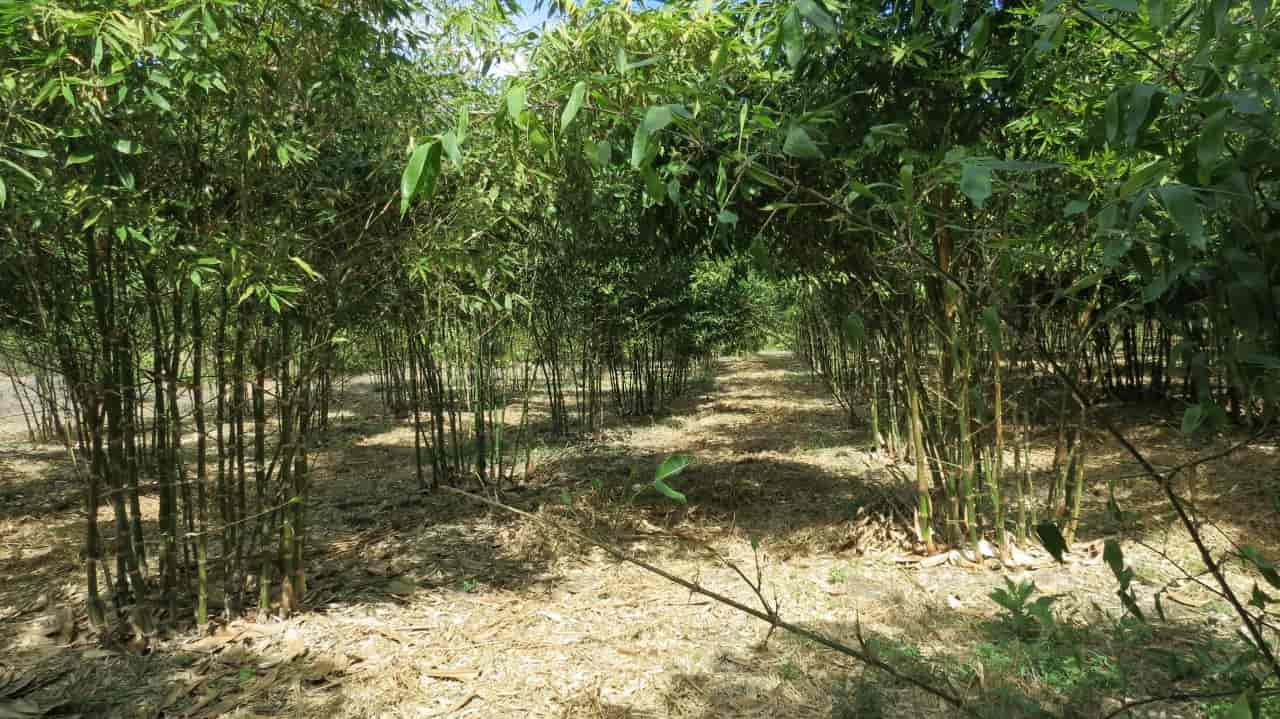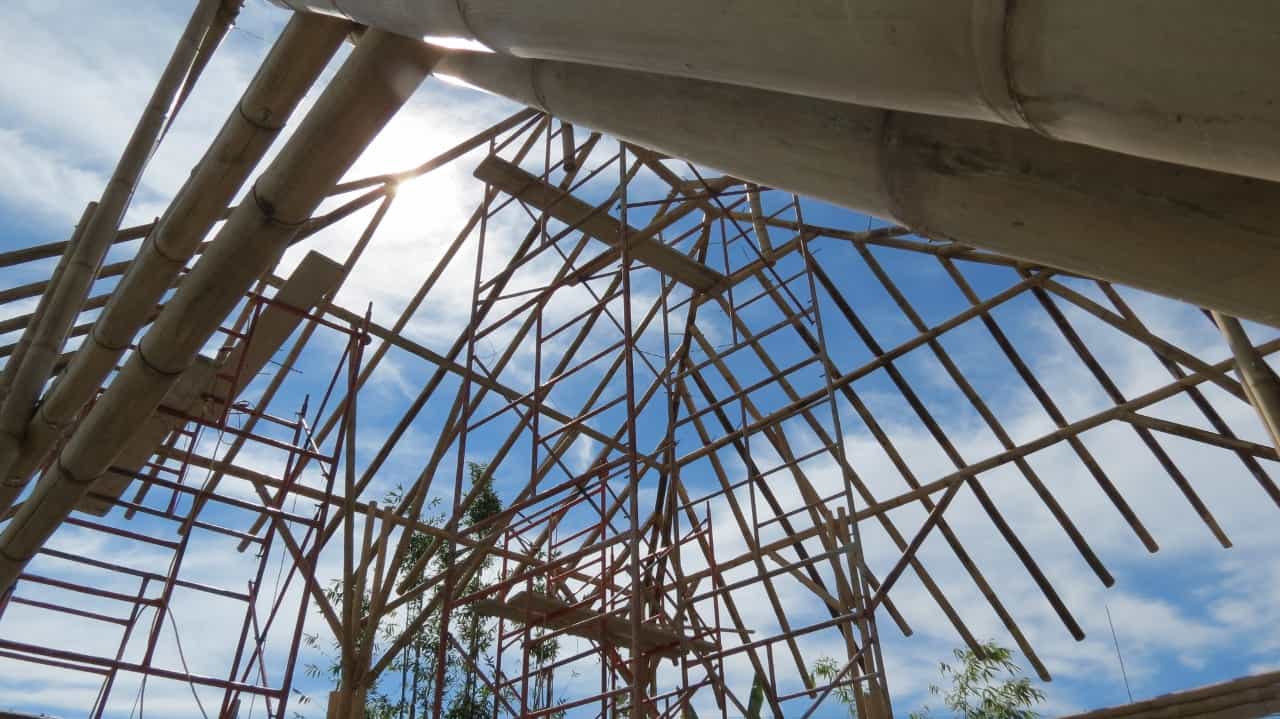What are the uses of the bamboo plant and its most beneficial feature?
In Mexico, there are 36 woody species and four species of herbaceous bamboos. This plant is used in rural communities for house construction because it is a resistant, strong, and durable material available in the area.

Every September 18th is celebrated as World Bamboo Day. Although we associate this vegetation with oriental cultures, there are archeological research records that show that in Argentina, Ecuador and Colombia it was used since the Pliocene geological epoch and has been used during human development ever since.
Although there is no doubt that it is China, where it has achieved great importance, around the world 1,048 different uses of bamboo in industrial processes, have been recorded. For this reason, it is known as "the plant of a thousand uses" since bamboo is used for food, clothing, construction material, cellulose for paper, and medicines; in addition, like other plants, it protects the soil and captures carbon dioxide.
This surprising plant belongs to the grass family, just like cereals (oats, corn, wheat, and rice), fodder, sugar cane, and other grasses. Its height can range from a few centimeters to 40 meters ( 131 feet). Almost all bamboos are erect, although some species have culms bent at the tips, some grow in an agglutinated form, forming impenetrable thickets, and others in a linear form.
There are 1,200 species and 90 genera of bamboo on the planet, distributed in the five continents, mainly associated with tropical and subtropical areas, only in Europe, there are no native species. In America, 345 species have been identified, distributed from the south of the United States, through Mexico, the length and breadth of Central America, the Caribbean Islands, and South America to the south of Chile.
Bamboo in Mexico
Although there are no endemic species of bamboos in Mexico, there are native species, with 36 woody species and four species of herbaceous bamboos. Of the bamboo species that grow in Mexico, those commonly known as guaduas, cañizo, and caña brava stand out, represented in Mexico by the genus Guadua, with five native species: G. aculeata, G. amplexifolia, G. longifolia, G. paniculata and G. velutina.
They are distributed mainly in tropical climate states such as Veracruz, Chiapas and Oaxaca - which have the largest number of species - Tamaulipas, Michoacán, Colima, to mention a few. Bamboos can be found from sea level to altitudes of more than 4,000 meters ( 13,000 feet).
In Mexico, bamboo is used mainly in rural areas, where this resource is available. There it is useful in the construction of houses and sheds and is also used to make handicrafts, basketry, furniture, and utensils. Rural communities use it because it is a strong, resistant, and durable material, mainly for the construction of rooms for walls or as pottery for roofs. It is also used to make a thread for weaving stairs, construction shoring, living fences, and in Mexican herbalism as a medicine for healing wounds. Its use has traditionally been restricted to the area or region where it grows and is naturally available.

What you should know about bamboo
The flowering of guaduas is one of the mysterious phenomena of bamboo, as it occurs in very long periods, reaching up to 120 years, depending on the life cycle of the species. In some cases, it occurs only once, after which the plant dies.
In the Botanical Garden "Francisco Javier Clavijero" of the Institute of Ecology, A. C. in Xalapa, Veracruz, with inter-institutional and international collaborations, the collection of native bamboos of Mexico is being formed, the first collection of this type in Latin America, a prototype for other countries to form their own collections.
Conafor has made contributions in research and methodologies to optimize the use of bamboo in the construction of housing in forest communities that have this resource, the construction of furniture, and has promoted projects for the use of this material in various products.

Source: National Forestry Commission (Conafor)




